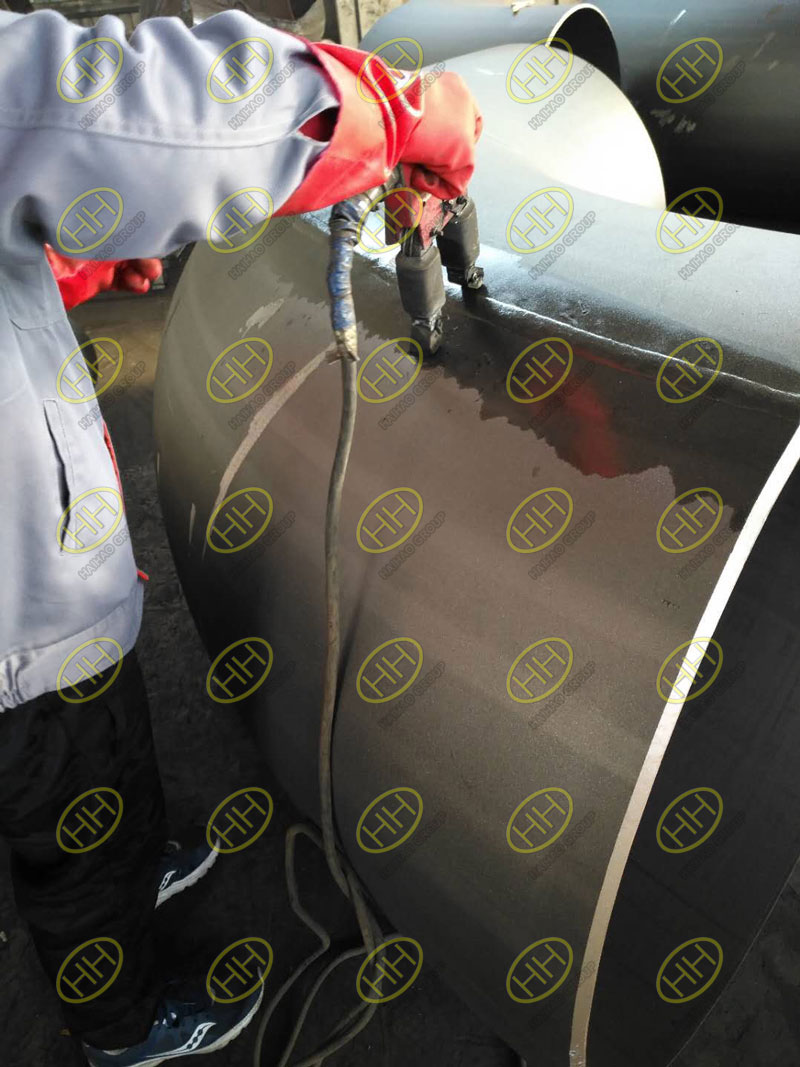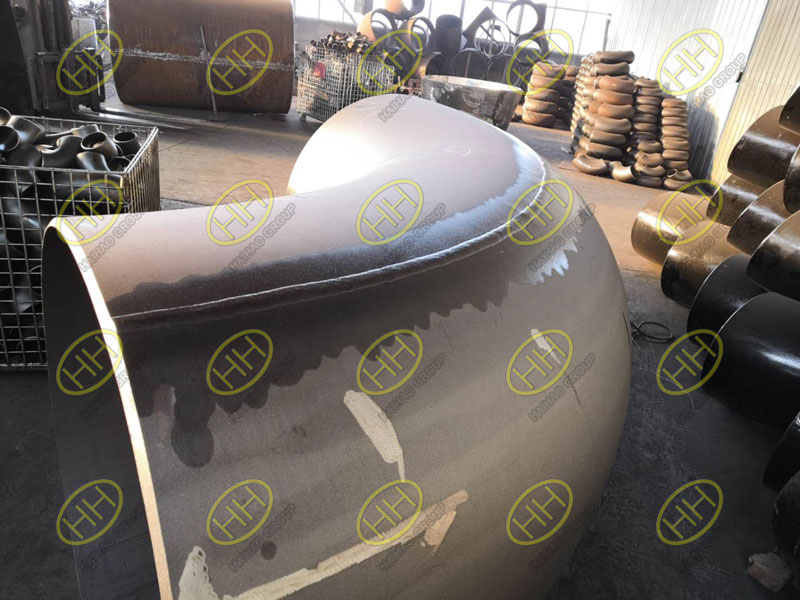How to do magnetic particle testing?
Magnetic particle testing(MT) also referred to as magnetic particle inspection(MPI) is a non-destructive testing method that can detect surface and subsurface flaws in ferromagnetic materials.The method can detect surface or near-surface flaws such as cracks,laps,seams and inclusions in ferromagnetic materials such as iron and steel.One of the main advantages of magnetic particle inspection is that it can give an immediate indication of defects and discontinuities.How to do magnetic particle testing?
The first step: pre-cleaning.
The surface of all materials and test pieces should be free of grease and other impurities that may affect the normal distribution of magnetic powder, affect the density, characteristics and clarity of the magnetic powder deposits.
The second step: flaw detection.
Magnetic particle inspection shall be based on the detection of any harmful defects in any aspect. The magnetic lines of force are traversed through any defects that may be present in the test piece as far as practicable.
The third step: the choice of flaw detection method.
1: Wet method:The magnetic suspension should be applied to the test piece by hose pouring or dipping, so that the entire surface to be inspected is completely covered, and the magnetizing current should be maintained for 1/5~1/2 seconds. After that, the magnetizing current is cut off. A magnetic suspension is applied by hose pouring or dipping.
2: Dry method.The magnetic powder should be sprayed or sprinkled directly on the tested area, and the excess magnetic powder should be removed, and the test piece should be gently shaken to obtain a relatively uniform magnetic powder distribution. Care should be taken to avoid using excessive amounts of magnetic powder, which would otherwise affect the effective display of defects.
3: Detection of near surface defects.When detecting near-surface defects, the wet powder continuous method should be used. Because the leakage flux value caused by non-metallic inclusions is the smallest, when the near-surface defects in large castings or welded parts are detected, the dry powder continuous method can be used.
4: circumferential magnetization.The center conductor method shall be used when detecting defects on the inner surface of any cylindrical test piece; there shall be a gap between the test piece and the center conductor to avoid direct contact with each other. When current flows directly through the test piece, care should be taken to prevent burns at the electrical contact surfaces and all contact surfaces should be clean.
5: Longitudinal magnetization.When magnetizing the test piece with a solenoid, in order to obtain sufficient magnetization, the test piece should be placed in the appropriate position inside the solenoid. The solenoid should be sized to accommodate the test piece.
The fourth step: demagnetization.
Place the part in a DC electromagnetic field, constantly changing the direction of the current and gradually reducing the current to zero. Large parts can be demagnetized using a mobile electromagnet or solenoid.
The five step:After cleaning.
After inspection and demagnetization, all magnetic powder on the test piece should be cleaned; care should be taken to completely remove all obstructions in the holes and cavities.
Haihao Group is one of the biggest steel pipes,butt welding and forged pipe fittings,and flanges manufacturers in China,our skilled nondestructive testing personnel have years of experience in performing magnetic particle testing.We strictly carry out rigorous quality control and products inspection to ensure continual quality steel pipes,flanges and pipe fittings.If you have any questions,please feel free to contact us,our email address is:sales@haihaogroup.com


